I'm processing Gingko fruits that I found. Here's how they fit with my 8 Principles of Foraging. Come join me, out on my picnic table, if you are interested in foraging wild plants or mushrooms.
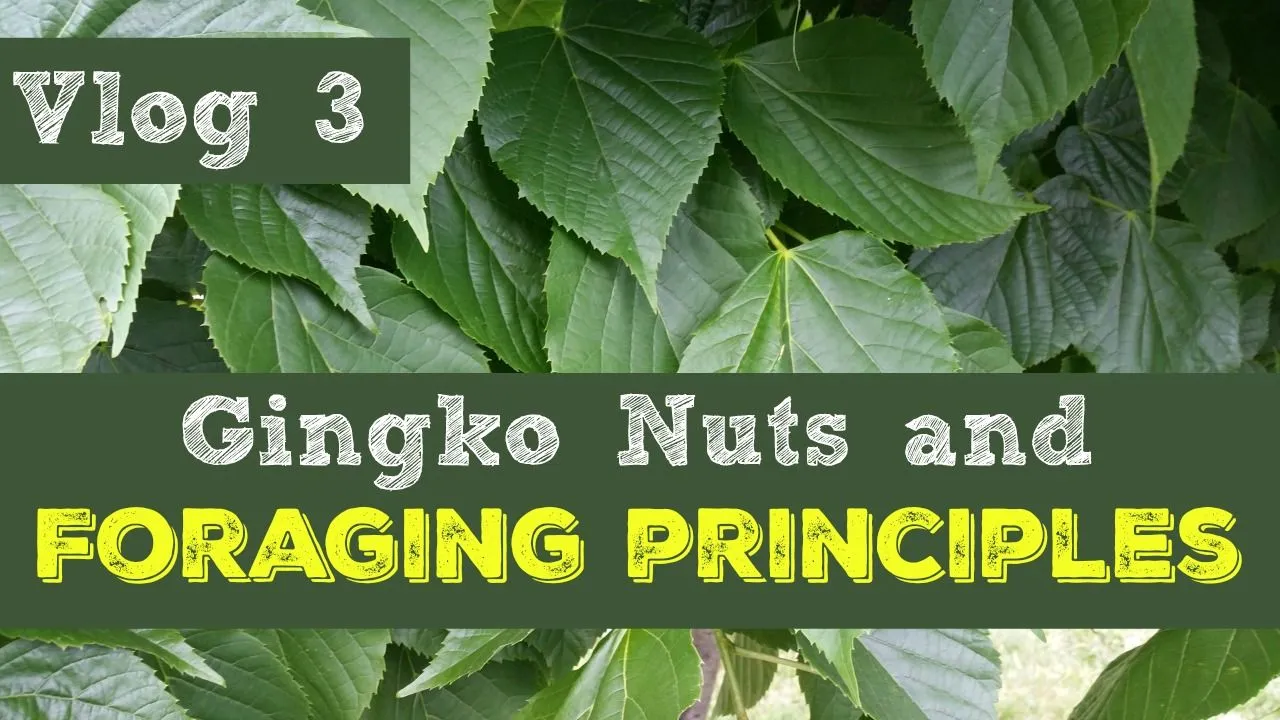
I eat a lot of wild plants and mushrooms! It can be intimidating for people to start foraging. There is more to know than any one person can learn in a lifetime. Here are the 8 principles that I use to organize my thinking about foraging. Gingko nuts make a good example of how to put these principles into action. I'll be going into more detail about each one in future posts.
Here's an 8-minute video, if you would rather listen than read. I've summarized the video with text, if you prefer to read. Just remember what learning research shows -- it's best to do both! :D
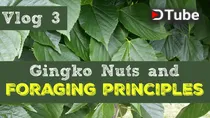
If you get any value out of this video or post, I'd appreciate your upvote! If there's anything I can do to make my foraging posts more useful to you, please let me know!
A Foraging Foundation - Haphazard Homestead's 8 Principles of Foraging
1. The Plant
Here's an understatement -- before you eat anything you forage, it's good to know what it is! That's true whether it's a plant or a mushroom.
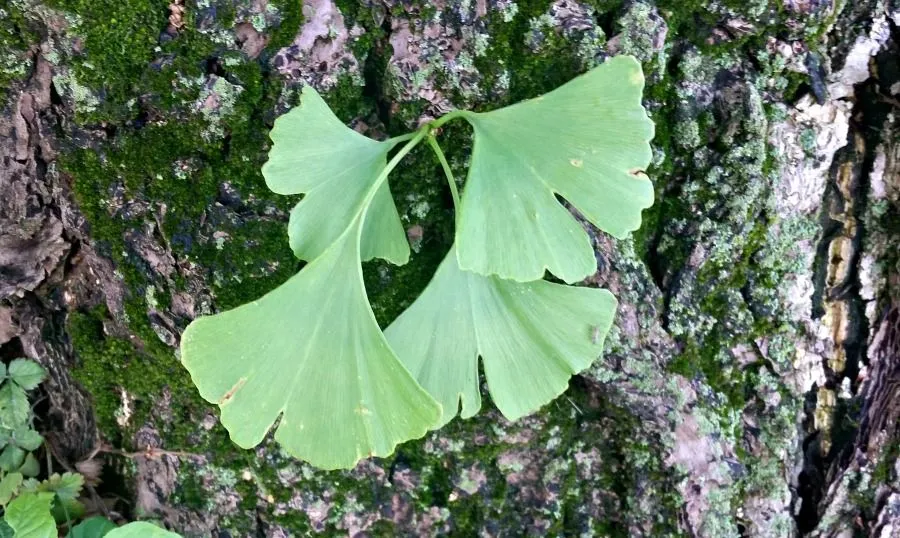
2. The Part
Not all parts of edible plants are edible -- or even safe to handle! So it's good to know which parts of the plant, or mushroom, are good to eat -- and which are not. Yes, even mushrooms!
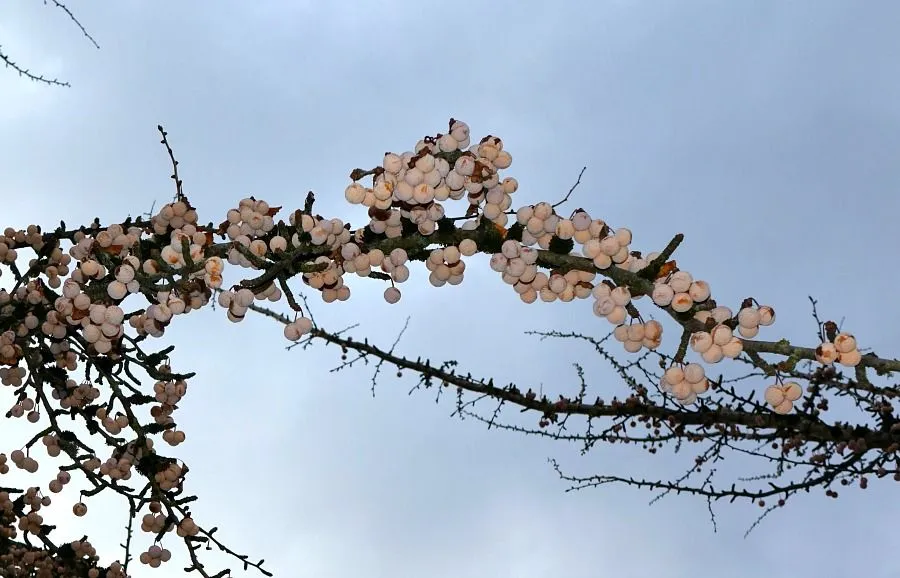
3. The Place
There's a lot to consider about good places for foraging. Like whether a place is safe for foraging. If it's legal to forage there. If it's ethical. And if it's practical.
Gingko trees don't grow in the wild. And they take 30-40 years to bear any fruit. So the practical place to forage for gingko nuts is in old, established neighborhoods. In parks, or even more common, along the streets. Fruit that falls on the street and sidewalks belongs to everyone!
4. Phenology
Phenology is just a fancy name for nature's calendar. And nature's calendar is a lot more flexible than ours! A plant's calendar depends on the overall climate of the region it's in, the specific weather this season, and the micro-climate where an individual plant lives.
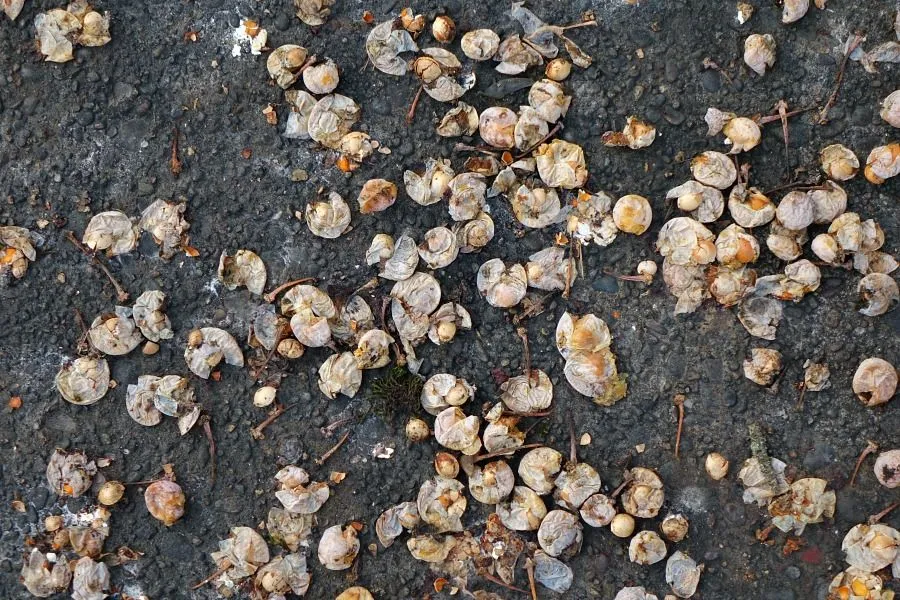
5. Picking
Picking seems so simple. But there can be easy ways to pick, hard ways to pick, and downright bad ways to pick, for some plants and mushrooms. If you've seen any of my videos or posts about picking wild salads, you know I stress Pick Clean and Pick Organized. But sometimes that's not practical or necessary. Thinking ahead to bring the right tools can be helpful, too.
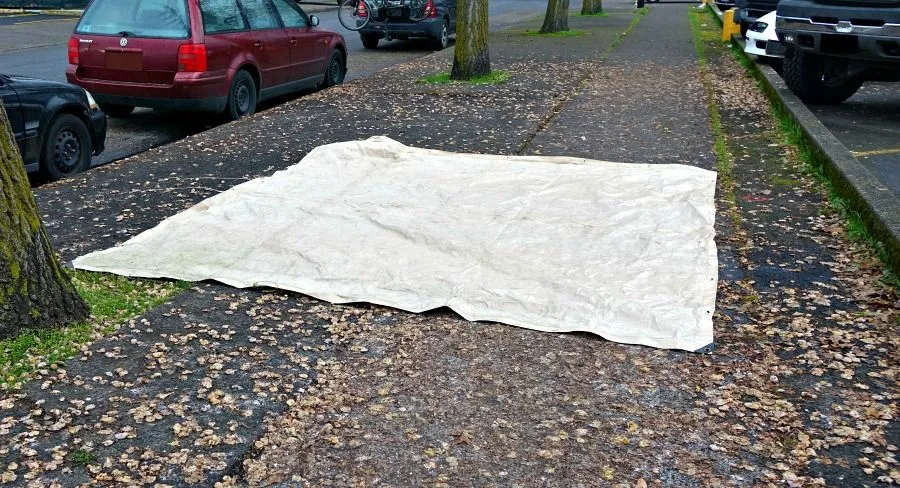
6. Preparing
Some foraging is so easy. It's hard to beat a double-handful of wild blackberries, right there while you're picking! But other plants and mushrooms take a lot more preparation. Some have to be processed in very specific ways to remove toxins or make them worth eating. And it's always helpful to have recipes and see what tasty food other people are making from their foraged harvests!

7. Precautions
Even foods that we eat every day may cause problems for some people - because of allergies, other health issues, or interactions with medication. And some garden crops have to be handled carefully or they can cause skin rashes or other problems. The same is true for wild plants - it all depends on the plant and the person.
Some wild plants take even more precautions, though. From dealing with hazards out where the plants are - like ticks and poison ivy - to not eating too much. Just because a plant or mushroom comes with precautions, that's no reason to fear them. It's just a question of knowing which ones matter for your situation.
Gingko nuts comes with a lot of precautions, even though many cultures have eaten them for thousands of years. The fruit may taste good, but it is not for eating -- they have both toxic and irritating compounds in them. Even for processing the fruits to get the nuts out, it's a good idea to wear gloves to keep the juice from causing a rash or burning. The nuts have to be cooked to break down one set of toxic compounds. And it's not a good idea to eat too many nuts at once, or too many over a long period.
8. Practice
To be a forager, you have to forage! Foraging is not just book-learning for future use in unlikely situations. Wild food is real food for regular people. Every time I go for a walk, it's a chance to practice plant identification. And maybe picking! Especially when it comes to identifying and preparing wild plants and mushrooms, practice helps a lot! Every day, every time we eat, is a chance to practice using wild plants and mushrooms.

What Do You Think?
- How do you organize your approach to foraging?
- Would you like to learn more about foraging?
- What name do you think is better for a Steemit foraging community: Foragers Guild, The Foragers Club, or something else?
- Would you rather watch a vlog or read a Steemit post?
I eat a lot of wild plants and show you how, because I believe that we can all have lives that are richer, more secure, more grounded, and more interesting by getting to know the plants and the land around us – in our yards, our parks, and our wild places.
I would like Steemit to be the premier site for Foraging on the Internet! If you have any thoughts about foraging, or experiences to share, write a post and be sure to use the Foraging tag. And check out the @foraging-trail to see curated quality posts about foraging. Happy Foraging!
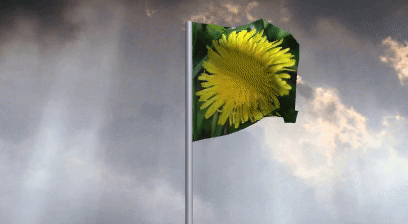
Music: "Floating Cities" - Kevin MacLeod (incompetech.com)
Licensed under Creative Commons: By Attribution 3.0
http://creativecommons.org/licenses/by/3.0/
▶️ DTube
▶️ IPFS